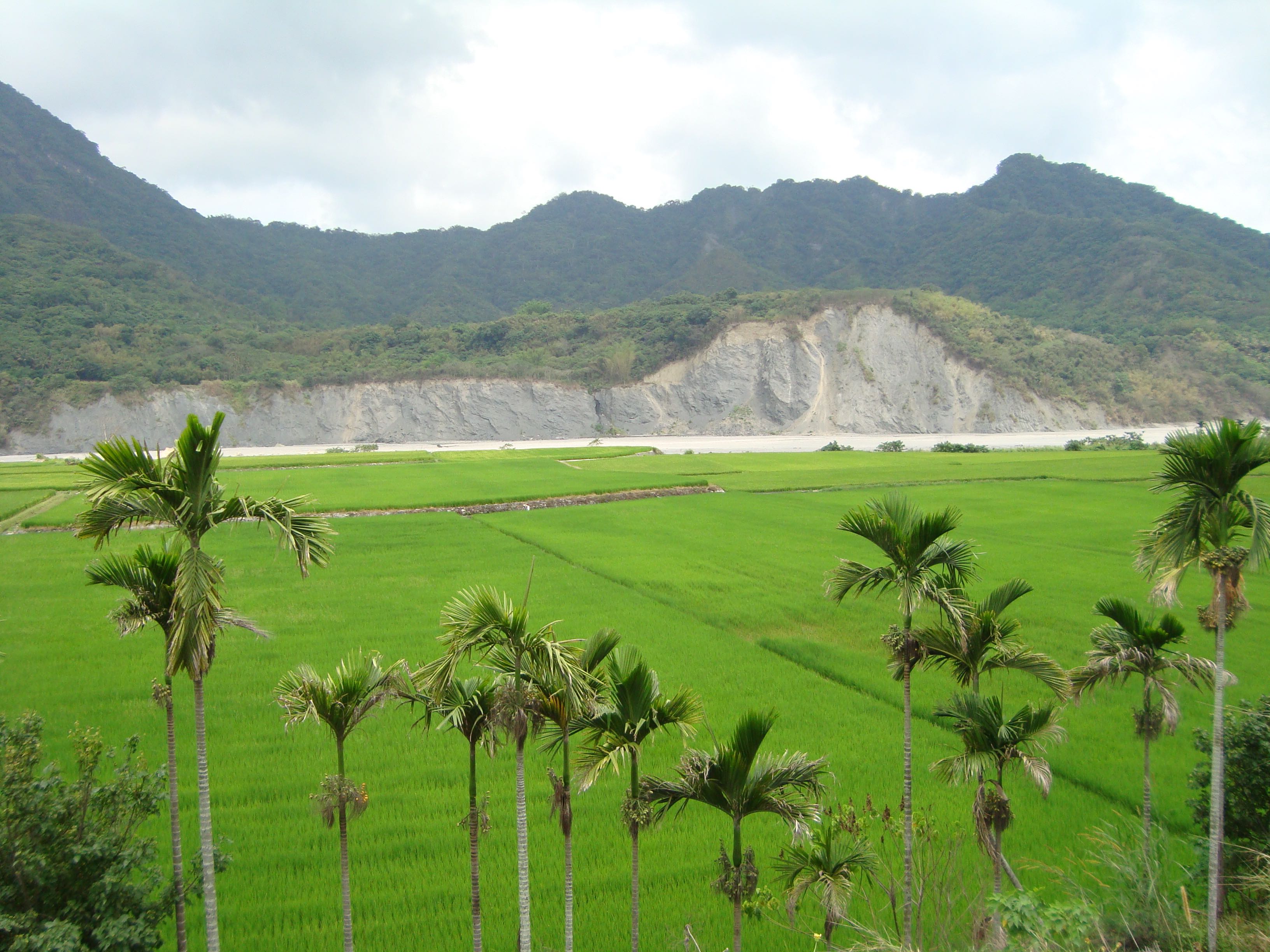By David Jacobson, Temblor

Over the weekend, a M=6.1 earthquake struck off the coast of eastern Taiwan near the city of Hualien. This quake occurred at a shallow depth (5-12 km depending on the source), and registered moderate shaking near the epicenter. Fortunately, due to the earthquake’s location, there was no reported damage or injuries. This is also likely due to the fact that eastern Taiwan is not densely-populated, and the country as a whole is one of the most earthquake-prepared countries on earth.

Even though this quake did not have an impact on the country, what makes it interesting is its location. This earthquake struck at the junction of the Longitudinal Valley Fault and the Nansei-Shoto (Ryukyu) Trench, where the Philippine Sea plate subducts beneath the Eurasian plate. Because of relative plate motions at this location, the dominant movement in this earthquake was compression, with a small strike-slip component.
The Longitudinal Valley Fault is the most seismically active fault in Eastern Taiwan, slips at approximately 20-30 mm/yr, dips 54° to the east, and marks the collision boundary between the Philippine Sea and Eurasian plates. Additionally, up to 30% of the earthquakes in Taiwan every year take place on or near this fault. The Longitudinal Valley Fault is also unique because the southern portion creeps at a rate of 5-28 mm/yr, while the northern portion is locked. This means that in the south, there is very slow continuous movement, while in the north, slip only occurs in earthquakes. While not a black and white rule, creeping faults tend to not rupture in large earthquakes. The creeping aspect of the Longitudinal Valley Fault makes it similar to California’s Hayward Fault, which runs through Oakland and the rest of the San Francisco East Bay.

Because of the high strain rates off the eastern coast of Taiwan, the area is susceptible to large earthquakes. Between 1811 and 1951 three large earthquake struck off the eastern coast. By using the Global Earthquake Activity Rate (GEAR) model, which is available in Temblor, we can determine if yesterday’s earthquake or the ones between 1811 and 1951 should be considered surprising. This model uses global strain rates and seismicity since 1977 to determine what the likely earthquake magnitude in your lifetime is for any location on earth. From the image below, you can see that that magnitude is M=7.75+. Therefore, yesterday’s earthquake, and the historic offshore quakes, should not be considered surprising and instead provide an opportunity to learn about one of the most seismically active places on earth.

References
USGS
EMSC
Central Weather Bureau
Huang, W.-J., K. M. Johnson, J. Fukuda, and S.-B. Yu (2010), Insights into active tectonics of eastern Taiwan from analyses of geodetic and geologic data, J. Geophys. Res., 115, B03413, doi:10.1029/2008JB006208
Taiwan Earthquake Research Center Report – Click here
- Beware quiet segments of the Philippine Fault - May 16, 2025
-
ډیری عوامل افغاني ټولنې د زلزلې پر وړاندې زیانمنوي
- August 11, 2022 - What’s happening this week in Humboldt County, California: The squeeze - February 6, 2019
